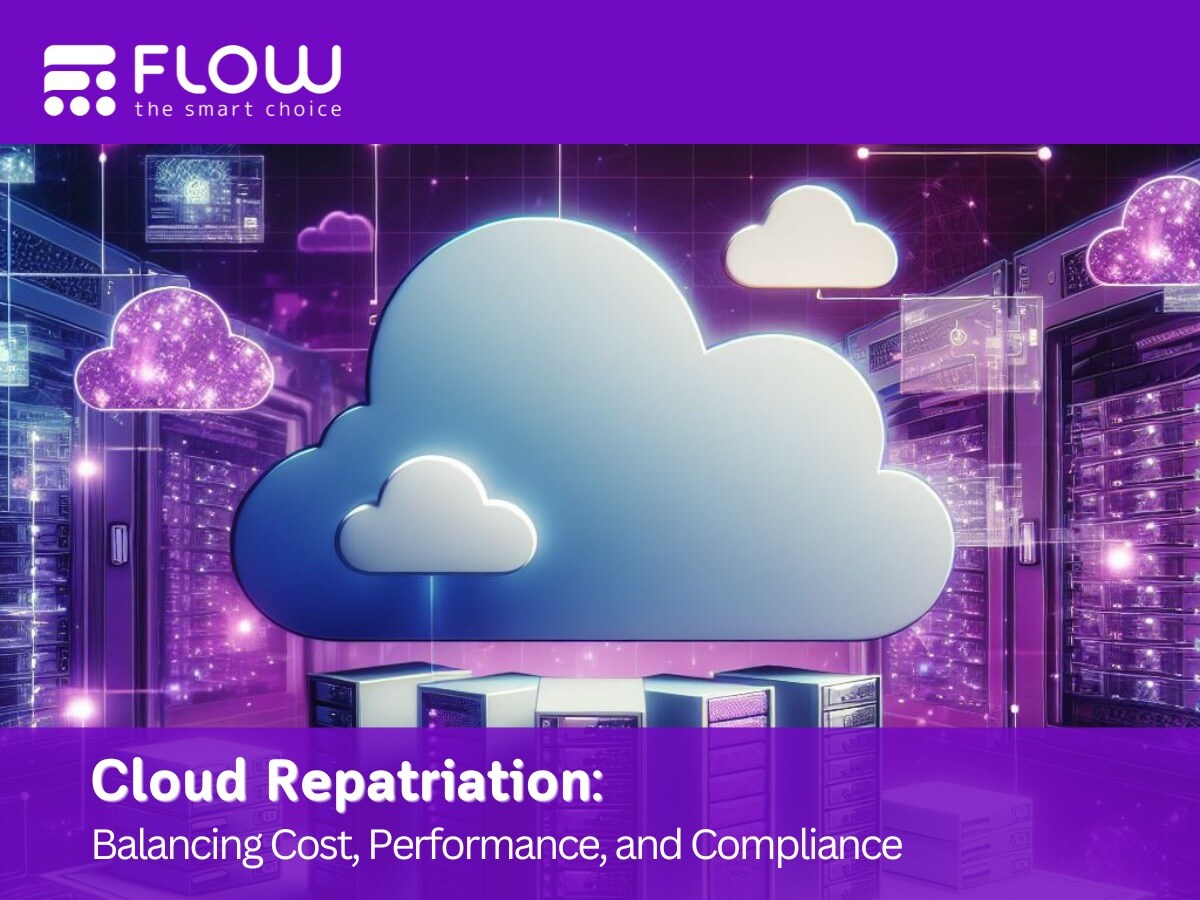Now the Cat's Out of the Box: A TL;DR on Post-Quantum Encryption
How quantum computing is changing the future of data security, and what you can do about it.
Quantum computing is no longer a theory. It's progressing fast, with serious implications for how we protect sensitive information. This blog offers a short and accessible summary of a fascinating but complex topic.
The Quantum Shift Is Coming
Encryption underpins nearly everything we do online, from digital banking to secure messaging and corporate communications. For decades, it's kept data safe by relying on mathematical problems that are practically impossible for traditional computers to crack.
Quantum computers change that. Instead of standard binary bits (0s and 1s), they use qubits, which can exist in multiple states simultaneously. This enables quantum machines to process vast amounts of information simultaneously and solve specific problems exponentially faster than classical systems. This includes breaking encryption. Algorithms like RSA, which would take conventional systems trillions of years to crack, could be solved by a quantum computer in seconds.
It's not just a theoretical threat. Google, Microsoft, and other industry leaders are rapidly developing quantum technologies, and government agencies are already preparing for the security implications.
Why This Matters Now
One of the most urgent concerns is the "Harvest Now, Decrypt Later" (HNDL) strategy. This strategy involves collecting encrypted data today and decrypting it once quantum computers become powerful enough.
 The focus isn't on short-lived data like login credentials. Instead, attackers target information with long-term value, such as government communications, medical records, strategic business files, and intellectual property. Even if quantum computers capable of breaking encryption aren't widely available yet, the damage could be done in the future if we don't act now.
The focus isn't on short-lived data like login credentials. Instead, attackers target information with long-term value, such as government communications, medical records, strategic business files, and intellectual property. Even if quantum computers capable of breaking encryption aren't widely available yet, the damage could be done in the future if we don't act now.
How the World Is Responding
Efforts to prepare for the post-quantum era are already well underway:
- U.S. Government Roadmap: A strategic plan is in place to transition critical infrastructure toward post-quantum cryptography.
- NIST Standards: The National Institute of Standards and Technology is leading efforts to identify and standardise quantum-safe encryption algorithms.
- VPN Upgrades: Protocols such as RFC8784 offer enhanced protection for VPNs by layering encryption and introducing new key exchange methods. Vendors like Cisco, Fortinet, and Juniper are already adopting these updates.
- Quantum Key Distribution (QKD): This technique leverages quantum mechanics to distribute encryption keys with high security, although it still requires classical methods for authentication.
- DSKE (Distributed Symmetric Key Establishment) is an emerging approach that avoids reliance on vulnerable public-key cryptography. DSKE uses distributed key generation to enable secure communication, even in a post-quantum world.
See the in-depth version here for a full explanation of DSKE and QKD.
What You Can Do Today
Forward-thinking organisations are already making moves to stay ahead. Here's how to start:
- Audit your existing encryption protocols and risk exposure
- Identify systems that use vulnerable public-key cryptography
- Plan a migration path toward quantum-safe algorithms
- Work with vendors who are investing in post-quantum security
- Stay up to date as standards and technologies evolve
Quantum computing may still be in its early stages, but the time to prepare is now. Taking proactive steps will help ensure your organisation remains secure, trusted, and resilient in a post-quantum world.
Looking for more detail? The full article covers algorithms, implementation guidance, and practical recommendations.





